In this day and age, you’d be pretty hard-pressed to find someone who hasn’t experienced some form of psychological stress. The kind of stress that isn’t so great for our bodies covers both high levels of acute stress or the chronic, low-level kind of stress that we experience in our daily lives. Whether it be the result of work, finance or study, this particular kind of stress can have profound effects on our health and wellbeing, causing mental, physical and chemical imbalances. Did you know that psychological stress can affect our ability to recover and heal?
While most of us are generally aware of the negative effects of stress, it’s important to also note that not all stress is bad. Stress is required for good adaptations to occur, like building muscle or learning new skills. For the sake of this post, we’ll cover how stress can, directly and indirectly, affect our recovery. We’ll also give you some strategies to ameliorate these negative effects.
Stress Against Healing
There are many studies that show how stress slows down our healing process. In a study with 24 healthy young men who were monitored for 21 days after a 4 mm punch biopsy, it found that those experiencing higher level stress on the day of the biopsy were linked to slower wound healing [1]. Greater fear or distress before surgery has also been associated with poor healing outcomes, including longer hospital stays, increased postoperative complications, and higher rates of rehospitalization [2,3]. Psychological stress has even been shown to affect your bones, leading to poor fracture healing and increased risk of osteoporosis.[4,5].
So, with all of this evidence showcasing the profound effect stress has on our bodies ability to heal, it seems logical to next understand why and how this occurs…
Understanding Stress Physiology and Healing
When we experience stress our bodies engage the ever famous fight or flight response in our sympathetic nervous system. This response first activates the Sympathetic-Adrenal-Medullary System which releases epinephrine (adrenaline) and norepinephrine, which affects vital components like your heart rate, breathing rate, and energy utilisation to help keep you alive. After this, the Hypothalamus-Pituitary-Adrenal Axis is then activated which, among others, causes the adrenals to release cortisol. This is significant because many major negative health effects are due to this chronic cortisol release in the body. Stress also reduces Oxytocin and Vasopressin, which negatively affects healing rates in the body.
When tissue injury occurs, our body follows a set of processes to begin healing and repairing. This initiation is mostly driven by the immune system via cytokines in the early phases and is why the immune system plays such an important role in inflammation and healing. The body goes through 3 primary phases of healing:
- Inflammatory Phase, where immune cells increase inflammation to recruit other immune cells
- Proliferative Phase, where tissues start to be laid down to repair the tissue
- Remodelling Phase, where the tissue is remodelled and matures into the final stronger tissue.
The ‘Sciency’ Bits
1. Glucocorticoids (Cortisol) and Catecholamines (Epinephrine)
Enhanced glucocorticoids and catecholamines production can directly influence several components of the healing process. Substantial evidence from animal and humans studies indicate that physiological stress responses can retard the initial inflammatory phase of wound healing [6].
2. Oxytocin and Vasopressin
As we mentioned earlier, stress can suppress the amount of Oxytocin and Vasopressin we produce. Higher circulating oxytocin levels were in turn associated with faster healing of the standard blister wounds. Greater plasma vasopressin levels were related to faster healing [7]. Exogenous oxytocin administration attenuated the stress-induced corticosterone production and impairment in wound healing [8,9]. Furthermore, administration of an oxytocin receptor antagonist eliminated the beneficial impact of pair housing on wound healing [10].
3. Cytokines
Diminished expression of proinflammatory cytokines at the wound site is another pathway by which stress can delay healing. Women who reported more perceived stress produced significantly lower cytokines, 5 and 24 hours after a blistering procedure [11]. A model of experimental stress, marital disagreement, was shown to reduced cytokine production [12]. Students during an academic exam also showed a reduction in the production of cytokines after treatment with an inflammatory compound [13].
What Can We Do?
We know that sometimes, even thinking about avoiding stress CAN be stressful, but it’s important to take the time to listen to your body- understand what you might need and implement tools to help starve off the effect of stress. Here are some simple things you can do to prevent stress:
- Breathwork: The most powerful of all strategies is utilising the breath and practising breathwork to calm the sympathetic nervous system and increase the parasympathetic system (rest and digest).
- Meditation: Practicing meditation and mindfulness is another great strategy to directly reduce and negate the effects of stress
- Reframe: Change the way you look at your scenarios and see how you can utilise the situation and use it to your advantage. “It is not what happens to you, but how you react to it that matters” Epictetus
- Nature: Getting out into nature has been shown to lower levels of stress and cortisol
- Have Fun: Don’t forget to have fun and don’t take life too seriously!
- Physical Activity: Physical activity is a great stress reduction and has been shown to improve mood and energy
- Adaptogens: Specific herbs have been shown to have a powerful effect on the modulation of the nervous system and balancing our biochemistry to mitigate the effects of stress
- Talk to someone! Did you know that TotalFusion Australia offers health coaching as part of our health optimising services? You can book a free 10-minute discovery call and learn more here!
Sources
- https://www.ncbi.nlm.nih.gov/pmc/articles/PMC3052954/#R10
- https://www.ncbi.nlm.nih.gov/pmc/articles/PMC3052954/#R2
- https://www.ncbi.nlm.nih.gov/pmc/articles/PMC3052954/#R3
- https://www.jstage.jst.go.jp/article/juoeh/37/4/37_245/_pdf
- https://www.ncbi.nlm.nih.gov/pmc/articles/PMC6465575/
- https://www.ncbi.nlm.nih.gov/pmc/articles/PMC3052954/#R47
- https://www.ncbi.nlm.nih.gov/pmc/articles/PMC3052954/#R19
- https://www.ncbi.nlm.nih.gov/pmc/articles/PMC3052954/#R39
- https://www.ncbi.nlm.nih.gov/pmc/articles/PMC3052954/#R51
- https://www.ncbi.nlm.nih.gov/pmc/articles/PMC3052954/#R39
- https://www.ncbi.nlm.nih.gov/pmc/articles/PMC3052954/#R52
- https://www.ncbi.nlm.nih.gov/pmc/articles/PMC3052954/#R18
- https://www.ncbi.nlm.nih.gov/pmc/articles/PMC3052954/#R16


